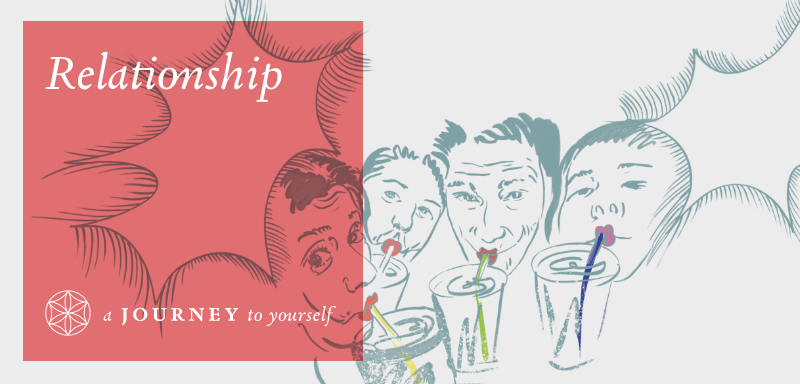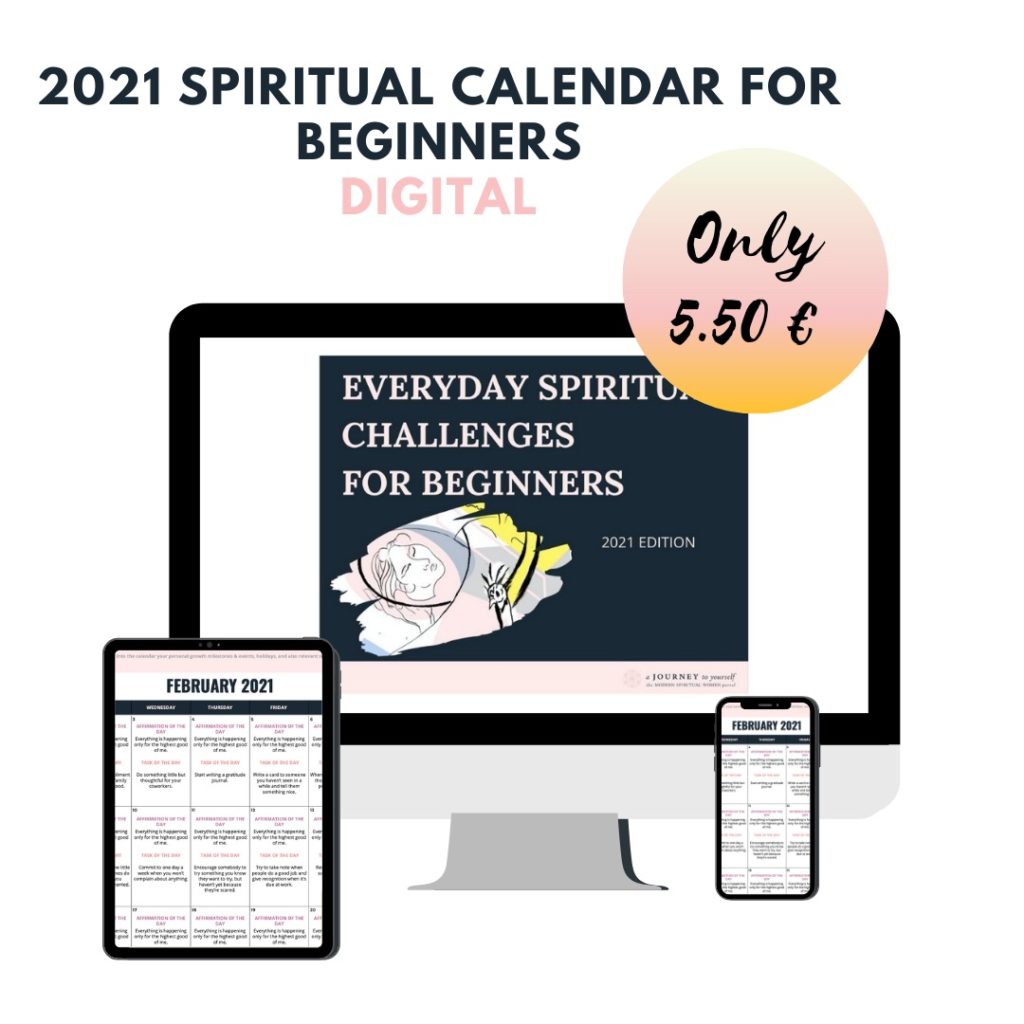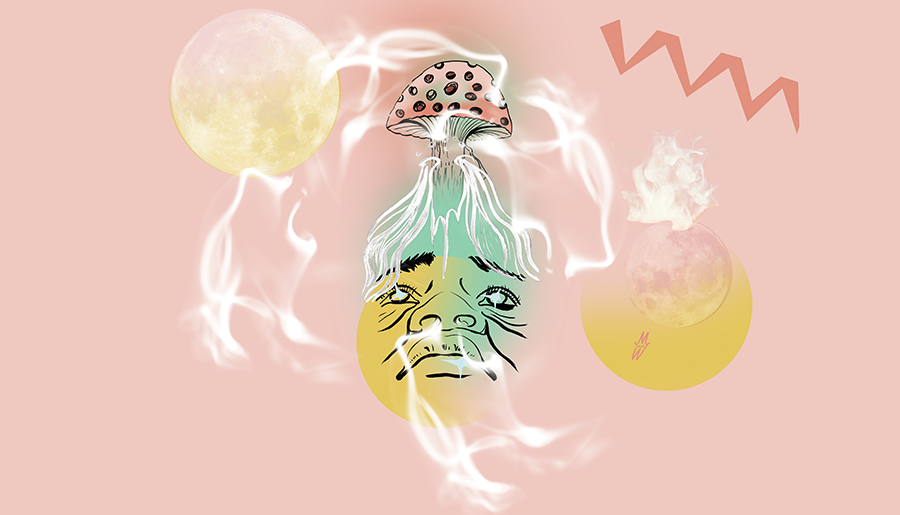About inspiration and breathing.
Inspiration
What would creativity be without inspiration? Without mental stimulation to do something creative? But what is inspiration? The term inspiration comes from the Latin word inspiration – idea, suggestion, thought, impulse, creative fervor, while the word inspire comes from the Latin word inspirare, meaning to blow. The word inspirare is a combination of two words, i.e. inward and breath, spirit. The Latin sporitus means breath, the breath of God. On the other hand, someone who encourages, prompts, inspires others is called a spiritual leader, that is, an inspirer.
In this article you will learn what it is:
- Inspiration and what it has to do with breathing.
- Breath and what does its quality depends on.
Inspiration is something elusive, something that opens up new possibilities in you and allows you to exceed your usual experiences or limitations. The inspiration is to stimulate you and motivate you to evolve and transcend. It is the motivation of beauty and kindness that awakens you to better possibilities beyond your selfish motives and animal instincts.
Inspiration is the breath of life, life energy, or the subtle energy of prana (in China Chi, in Japan Qi-Ki, in Polynesia Mana among the Slavs Live). So, neutrinos permeate everything that exists in the Universe and bind everything together.
It is also mentioned in the Book of Genesis in the Bible:
“The Lord God formed man out of the dust of the earth and breathed the breath of life into his nostrils. Then man became a living being. ” (Gen. 2: 7)
The breath is therefore the first and last thing we do when we come into this world.
So, it inspires us from the very beginning to act. The breath is the absorption of vital energy. To breathe is to absorb what surrounds us, absorb a little bit of life, understand it and give a part of yourself in return. Each inhalation fills us with new energy, and exhaling releases old frozen energy.
For this reason, breathwork is part of all the spiritual traditions of the world of Tao, Hinduism, and Buddhism. It is identified with spirit, used to extend life, or as a powerful medicine.
Breathing is the only system in your body that is both automatic and under your control.
This allowed our ancestors to catch their prey, escape from predators and adapt to different environments. Each way you breathe affects your body in a different way. It nourishes the brain or kills neurons, improves health, or hastens death. With the evolution of our species, the quality of our breathing has changed – deteriorating significantly. 90 % of us breathe improperly, which contributes to the development of chronic diseases such as asthma, neurosis, ADHD, psoriasis, and insomnia. Our brain uses about 20 – 25 % of the oxygen supplied to it through breathing to nourish our body. What affects the quality of our breathing?
The environment we live in.
Environmental pollution (smog), air conditioning, air humidity, staying in overheated rooms, the amount of traffic, chemical air fresheners, fabric softeners, household chemicals, wearing masks, stress, overeating worsen breathing.
The way you breathe.
The healthiest way is to breathe through your nose. Continuous mouth breathing caused by a blocked nose or sinus problems can lead to dehydration, snoring, and sleep apnea. 45 % of adults snore occasionally, and snoring can lead to heart problems, depression, memory problems, and early death. Problems with breathing at night, snoring, and sleep apnea lead to bedwetting, ADHD, diabetes, high blood pressure, and cancer.

Nose breathing is important because it cleans the air, warms it, and moisturizes it for better absorption. Meanwhile, 40 % of the population suffers from chronic nasal obstruction caused by stress, allergies, infections, too dry air or pharmaceuticals, and 50 % habitually use mouth breathing (mainly women and children). Nasal breathing is also associated with problems with erection, the work of hormones and chemicals that lower blood levels and aid digestion, and the intensity of nose hair is responsible for problems with asthma.
Each nostril of your nose has a different role. One nostril opens more during the day and the other closes. On some days the right nostril opens to the sun and on other days the left nostril opens to the full moon.
The air you breathe in through each of the holes causes your body to react differently.
The influence of air through the right nostril causes circulation to speed up, the body to become warmer, cortisol levels, blood pressure, and heart rate to increase. It activates the sympathetic nervous system responsible for the body’s alarm state. It causes blood to flow to the prefrontal cortex responsible for logical decisions, language, and data processing.
On the other hand, the influence of air through the left nostril lowers blood pressure and body temperature, reduces anxiety, and causes the body to go into a state of relaxation and rest. It causes blood to flow to the part of the brain responsible for creative thinking, abstraction, and the production of negative emotions.
Anatomical structure.
Our ancestors had nostrils twice as large as we do, extensive sinus cavities, more forward jaws, wide mouths, and straight teeth, therefore wider airways than we do. However, the enlargement of our brain and the development of speech caused our airways to shrink and our mouths to shrink.
Processed food, stripped of all essential vitamins, weakened our skull bones, causing our mouths to shrink. Not needing to chew (soft food) reduced our mouths and caused our teeth to wiggle. This evolution is the cause of our breathing deteriorating. When the mouth is not wide enough, the palate tends to rise upwards rather than outwards, creating what is called a high-arched palate. This upward growth hinders the development of the nasal cavity, constricting it and disrupting the delicate structures of the nose. The reduced nasal space leads to obstruction and obstructs airflow.

¾ of the population has a deviated nasal septum, 50 % have chronic turbinitis, the tissue surrounding our sinuses is too inflated, making breathing difficult. Too pendulous tongue, too large tongue overlapping the molars, block the throat while lying down. Bodyweight contributes to problems with snoring and apnea. A thicker neck constricts the airways. Inappropriate posture makes breathing difficult. Orthodontic procedures involving the removal of teeth and moving the remaining ones reduce the oral cavity and hinder proper breathing.
Lung capacity.
The greater the lung capacity, the longer the life span. Unfortunately, it decreases with age by 12 % (even more in women). It can be increased by training freediving (even by 30 – 40 %) or by performing lung expansion exercises – for example, the 5 Tibetan Rituals or by using the “orthopedic breathing” method created by Schroth.
The lungs are our gate between the inner and outer world. They are surrounded by nerves, connected in the lower lobes to the parasympathetic (parasympathetic) system responsible for the rest of the body and improving digestion. This system sends signals to the brain to make the happiness hormones serotonin and oxytocin. That is why slow and long breathing is so relaxing. The upper lobes of the lungs are connected to the sympathetic system responsible for the mobilization of the organism. So, when we take quick, shallow breaths, we activate this system and put our body on standby, it causes a burst of adrenaline and cortisol. Long-term exposure to this state causes problems with digestion as well as erection and orgasm in women.
Breathing frequency.
1/4 of the population suffers from chronic over-breathing leading to hyperventilation. Breathing less allows you to produce more energy and be more efficient. Rapid and panicky breaths clear the body of carbon dioxide too quickly. When the levels of carbon dioxide in the body are below normal, a reaction called the Boher effect occurs, and as a result, oxygen from the blood cannot flow into the tissues. The more carbon dioxide produced by the organs, the more oxygen they attract. 5.5 breaths per minute are ideal. Slower breathing lowers blood pressure.
Breathing rate.
The most effective way to breathe is 5.5 seconds to inhale and 5.5 seconds to exhale, which is almost 5.5. breaths per minute. The deeper and more gently we breathe and the longer we exhale, the slower our heartbeats and the calmer we become.
Holding your breath.
Multitasking causes us to unconsciously hold our breath for up to half a minute, and sometimes even longer. The state of constant distraction causes our breathing to become shallow and irregular.
The depth of your breath.
The healthiest way is to fully exhale the air from your lungs.
We have lost touch with our primary and most important biological function. Breathing is more than just a biochemical or physical act. There is more to it than just sliding the diaphragm down and drawing air in to feed the hungry cells and remove toxins.
The molecules you breathe affect almost every organ in your body by telling it when to turn on and off. Breathing enables us to influence our own nervous system, mood, immune and digestive systems, and it affects our longevity. There is also a path to spiritual awakening, self-realization, and enlightenment. It can be used to heal emotions and behavior. Conscious breathing, therefore, that is, giving a specific pattern and quality to your breathing is a very important tool thanks to which we can influence our health, mood, and spiritual development.
Take a look at your breathing and see how you breathe.
Source:
James Nestor „Breath. The New Science of a Lost Art”, Penguin Random House UK, 2020

